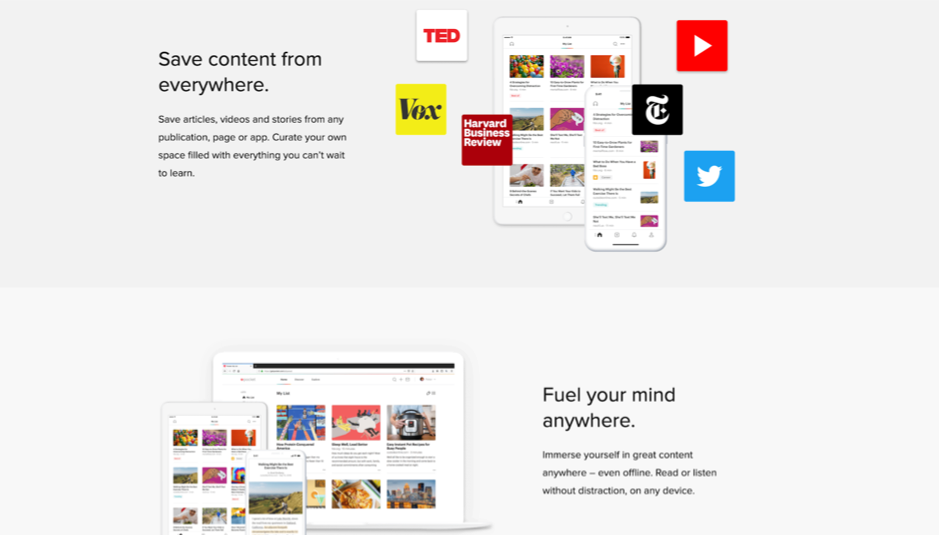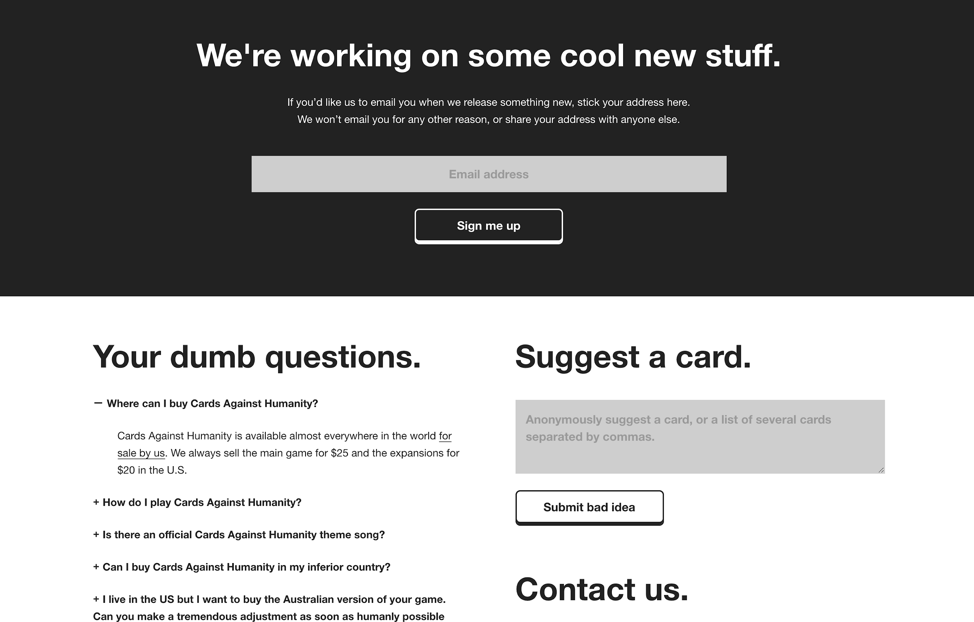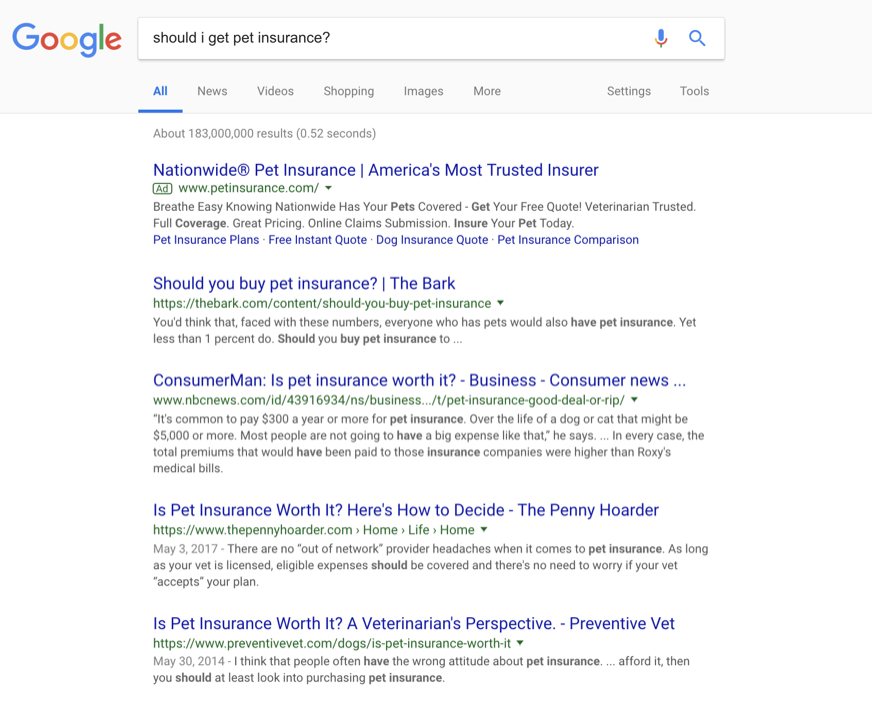
Lead with the Most Important Content

It’s beneficial to put the important content in the first two paragraphs, the first two sentences of each paragraph and the first two words of each sentence. Your reader will pay attention to these areas the most and it will help with ranking in search engine results. Here are additional tips for content structure:
Page should front-load important content
- Write a summary in a few sentences and include the most important keywords at the beginning. This will also help with ranking in search engine results pages.
- Use the inverted pyramid so users can quickly determine if they want to read the entire article. This also allows users to stop reading at any point and still come away with the main concepts.
Headlines are often the first and only thing users read
- Strong headings sum up the content
- Need to work out of context (social posts, search, feeds, etc.)
- Front-load with information carrying keywords
Subheaders break up content for easy scanning
- Provide an outline
- Show visual hierarchy
- Have a consistent style
Paragraphs allow users to skim and still get info
- Limit each paragraph to one main point
- Start each paragraph with the conclusion
- Single sentence paragraphs are okay
Bulleted lists are organized, concise and scannable
- Start with words that carry information
- Use parallel sentence structure
For mobile users, these are questions to ask when considering the context:
- Where will your users be reading this content?
- What will they be trying to do?
- Will they be multitasking?
- How quickly do they need an answer?
Use Plain Language

People are more likely to search for terms that are in plain language, so keep the writing simple. Here are some best practices to have in mind when writing:
- Choose simple everyday words. Aim to keep your writing as close to speech as possible. Ask yourself if what you have written matches how you would express the ideas in a conversation.
- Positive phrasing and avoid double negatives.
- Be concise. Reduce excess, keep sentences short and simple and avoid using extra adverbs and adjectives. Focus on the main point and what your readers need to know.
- Use the active voice. Active voice is direct, concise and strong. It is less awkward to read and easier for some non-native English speakers. Use passive only when it helps to front-load headings with keywords, or when the actor is unknown or irrelevant.
- Avoid expressions, idioms and jargon. To a general audience, jargon means nothing and it takes more cognitive energy to process. Also, non-native speakers have difficulty understanding idioms and clichés.
- Explaining concepts. Don’t use unnecessary acronyms. Try to make terms meaningful for users by defining them in context, and giving examples or analogies.
- Jargon is okay sometimes. Use jargon only if your users are domain experts, there are no meaningful alternatives or the subject matter involves a formally defined and shared vocabulary (like medicine). Sometimes if you explain the term, it could cause your target audience to doubt whether the content was written for them.
Consider the Tone of Voice

Tone of voice has a measurable impact on users’ perception of the brand’s trustworthiness, friendliness and desirability. If it’s rude to say in person, don’t say it on your website. Never blame, bully or shame your user in an attempt at humor because you don’t know your user's state of mind. It can come across as harsh or manipulative. People have lots of choices and bad experiences don’t promote brand loyalty or repeat visits. Content can make or break trust with your users. Focus on your user, not your company.
In addition to tone, think about the message you are sending to the user. You’ll want to focus on the benefits, not features. Pay attention to why the product is important to the user, then follow up with what the product has or does.
Write Concise and Descriptive Metadata

User experience starts in the search results. All the guidelines we’ve talked about apply to writing metadata for search, which is often the user's first interaction with your brand. Headline with front-loaded keywords and a short, concise description.
Need Help with Website Content?
Get in touch with the experts on our digital team to make your website more effective.

